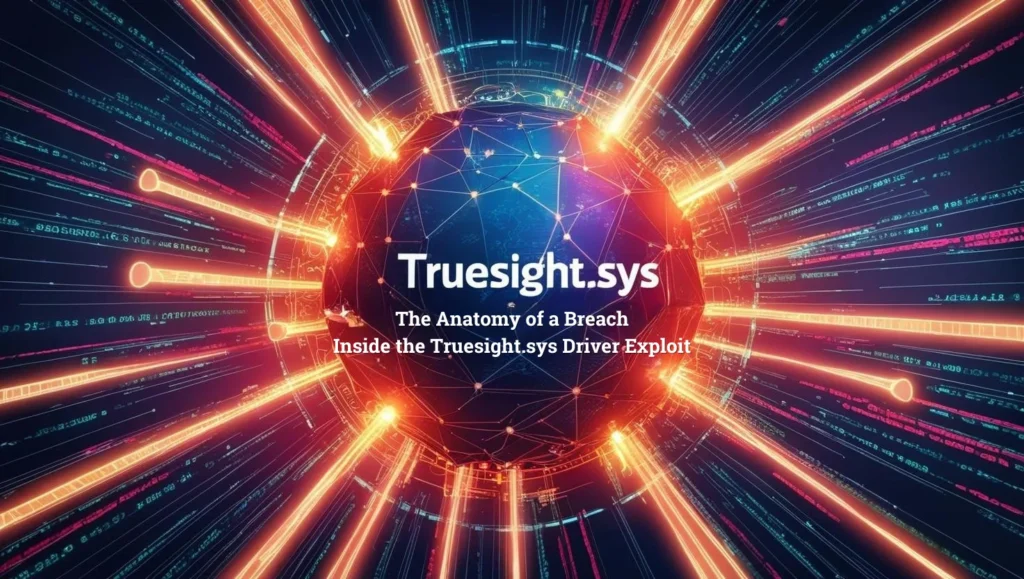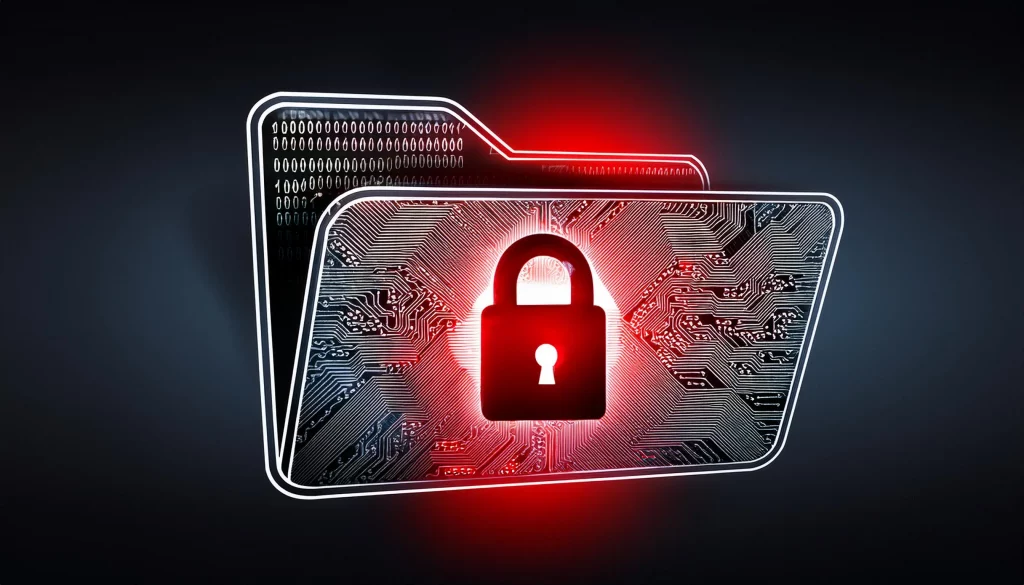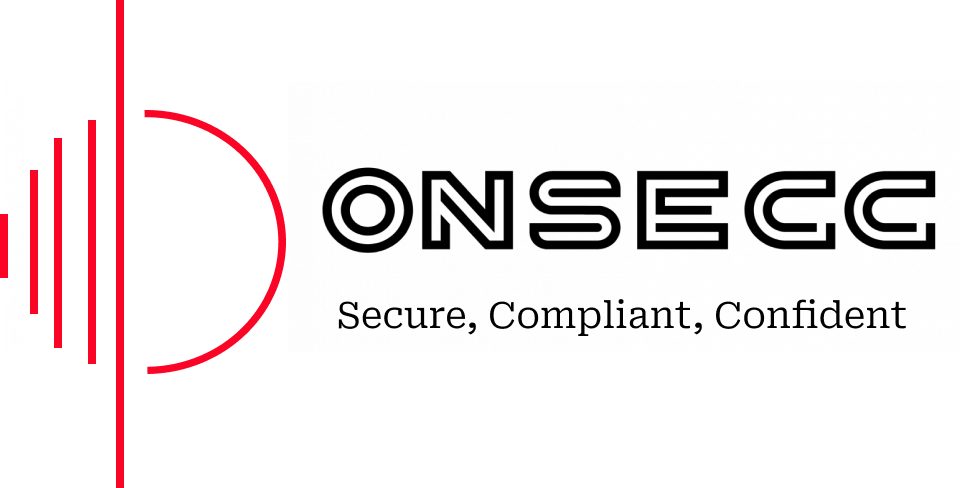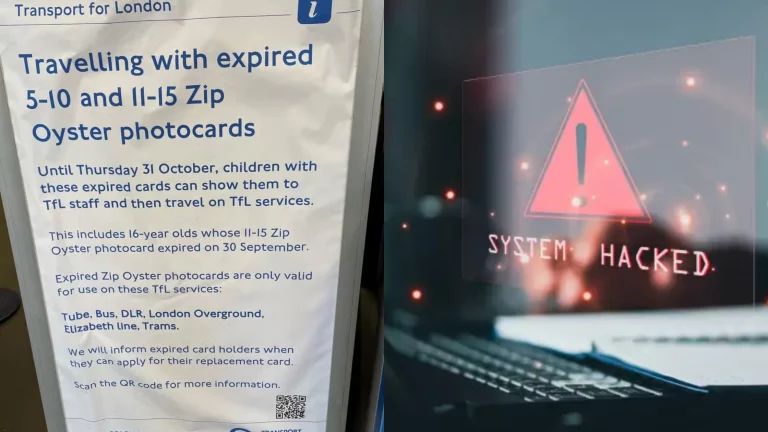Cyber Security Compliance for 2023: How AI is changing everything
Looking for ways to sort your Cyber Security Compliance for 2023? A lot of time and research goes into finding the right cyber security certifications and with the expansion of AI, getting these services have become easier yet trickier! Use this guide to understand the latest developments in Cyber Security Compliance and learn how AI is changing everything!
Disclaimer: The text you are reading is NOT generated by AI
In this article:
- What is Cyber Security?
- What is Cyber Security Compliance?
- Understanding Cyber Security Compliance and its types
- Importance of Cyber Security Compliance
- Data Types subject to Cyber Security Compliance
- Cyber Security Framework: A Dive with AI
- How to upgrade to an AI-Driven Cyber Security Compliance?
- Cyber Security Compliance: FAQs

First things first! Before we get into everything complicated, let’s brush our basics! Getting into cybersecurity compliance requires understanding your needs, assessing your current safety measures and finding the perfect way to secure yourself against all cybersecurity threats. So let’s start with understanding what cyber security compliance is and before that, a quick look at what is cyber security! Understanding the basics will eventually help us evaluate the role of AI deeply.
What is Cyber Security?
In the most simple way, cyber security is protection. Protection from any kind of unwanted online activity. It includes protecting your data, information, computer systems and pretty much everything else that you do online.
Check this out if you need more information: Cyber Security in the New World: A Comprehensive Guide
In the meanwhile, let’s move forward with understanding cyber security compliance, which brings us to the question that people just can’t stop thinking about:
What is Cyber Security Compliance?
Cyber Security Compliance is the process of adhering to the laws, standards and regulations of information and data security. Simple! Well Really!? These laws/standards are different for each type of industry. So, you need to comply with the specific regulations for the industry you belong to. For example:
- HIPAA is a regulation for healthcare organizations that deals with the health information of patients
- PCI-DSS regulations are for financial institutions, e-commerce, retailers etc. for protecting credit card data
- GDPR or General Data Protection Regulation protects personal data of European citizens. Companies that handle personal data of europeans may need to comply with GDPR
- Other sector/industry specific standards like ISO 27001, NIST, SOC 1, SOC 2 etc.
Understanding Cyber Security Compliance and its types
There is a plethora of certifications that you can get under Cyber Security Compliance. Some are more relevant than others. Let’s take a look at a few compliance options that need to be adhered to by most of the organizations. Here is a list:
| Type | Definition |
| ISO 27001 | An information security management system (ISMS) standard published by the International Organization for Standardization (ISO) |
| HIPAA | A federal law that sets strict rules and regulations surrounding the security and privacy of Protected Health Information (PHI) |
| GDPR | A comprehensive set of laws designed to protect the privacy and personal information of individuals within the European Union |
| SOC 1 | A framework to evaluate the internal controls of service organizations that may impact the financial statements of their clients |
| SOC 2 | A set of standards to ensure that third-party service providers store and process client data in a secure manner |
| NIST | A framework with guidelines and best practices necessary to protect the networks and data of an organization from cyber threats |
| ISO 31000 | A risk management system standard published by the International Organization for Standardization (ISO) |
| ISO 20000 | An international ITSM (IT Service Management) Standard |
A look at the top few cyber security standards makes us realize that there are a lot of cyber security services that you can avail but how do you know which ones do you need and which ones you can skip? Onsecc helps you here. Another aspect of looking at these different compliance options is understanding their importance. Let’s see why you need them.
Importance of Cyber Security Compliance
There are a lot of factors that define the importance of cyber security compliance for you and your organization. Here are some of the most important factors:
- Protection of sensitive data and information
- Avoid fines and penalties as some compliances can be legally required
- Nurturing trust, confidence and loyalty from customers
- Improving overall security of your organization
- Claiming Cyber Insurance
- Risk Assessment and complying to industry standards
- Builds Company Reputation
- Protection of Intellectual Property (IP)
Data types subject to Cyber Security Compliance
There are different types of cyber security data types. The laws and standards are meant to protect sensitive data and information. These can be Protected Health Information (PHI), Personally Identifiable Information (PII), and Financial Information. Let’s take a closer look at these types:
| Types | Details |
| Protected Health Information (PHI) | Medical Records/History, Prescriptions, Insurance Records, etc. |
| Personally Identifiable Information (PII) | First and Last Name, Date of Birth, Social Security Number, Address, etc. |
| Financial Information | Bank and Credit/Debit Card details, Credit history, etc. |
| Other sensitive data | Email, IP Address, biometrics, race, religion, etc. |
Cyber Security Framework: A Dive with AI
Let’s take a look at the major cyber security compliance frameworks. In this section, we will evaluate how AI is changing the management of the cyber security frameworks and how easily you can control the security of your organization. Let’s start:
ISO 27001
We know now that ISO 27001 is a set of guidelines to manage an ISMS (Information Security Management System). With AI integration, you can have:
- Automated Compliance Tasks
- Improved Risk Management
- Enhanced Security Controls
- Automated and Boosted Incident Response
- Improved Security Awareness
- Faster speed and accuracy
- Improved efficiency with reduced costs
- Increased Visibility
Wondering how to achieve this? Just fill a form and get all your answers in One Sec with Onsecc.
HIPAA
We have heard and read about how AI is predicting underlying medical conditions from reports, or how it can help in creating a personalized catalog of our medical history and a lot more. When we talk about HIPAA, we think PHI or Protected Health Information. With AI integration, we can have:
- Automated Documentation
- Intelligent Risk Assessment
- Enhanced Data Security
- Natural Language Processing (NLP)
- Intelligent Access Control
- Continuous compliance monitoring
- Automated Auditing and Reporting
GDPR
The General Data Protection Regulation or GDPR is concerned with the protection of privacy and personal information of individuals from the European Union. Just imagine that data for a second. It is saved in chunks within multiple organizations. Here’s how AI will enable easy compliance:
- Processing of minimum necessary data
- Erasing of unnecessary data
- Data Access and Management
- Avoiding penalties/fines for non-compliance
- Automation of the Data Protection Impact Assessment (DPIA) process
- Privacy Notice Generation
- Predictive Consent management and withdrawal of consent as well as tracking
- ChatBots and Smart Forms
SOC 1 vs SOC 2
One of the most asked questions around cyber security frameworks is around “soc 1 vs soc 2”. To clear the fog, SOC 1 deals with financial controls whereas SOC 2 deals with the security, availability, processing integrity, privacy and confidentiality of a service organization’s controls. With AI Integration, we can:
- Automate and Augment threat detection and response
- Analyze large volumes of data
- Identify patterns and anomalies
- Prioritize alerts
- Execute response actions
- Reduce complexity
- Enhance speed and accuracy
- Minimize the impact of cyber incidents
NIST
National Institute of Standards and Technology or NIST is a framework with guidelines necessary to protect the networks and data of organizations from cyber threats. Now, Artificial Intelligence (AI) can make this process a lot easier. With AI, we can:
- Template the framework itself
- Track and Mitigate cyber threats
- Analyze and assess better
Note: NIST has its own AI Risk Management Framework aimed towards improving the ability to incorporate trustworthiness considerations into the design, development, use, and evaluation of AI products, services, and systems. Double secure!
ISO 31000 vs ISO 20000
The International Organization for Standardization (ISO) is an independent, non-governmental international organization with a membership of 168 national standards bodies. They have various standards that act as a guide for your organization’s structure, business operations, practices, and policies.
ISO 31000 and ISO 20000 are risk management and IT Service Management standards respectively. Like all the other cyber security compliances, AI can help enhance the experience for all ISO standards. Here are some ways it can do that:
- Automated Risk Assessments
- Continuous Compliance Monitoring
- Predictive Analysis
- Automated Auditing
- Continuous improvement
How to upgrade to an AI-Driven Cyber Security Compliance?
WIth all that information, it’s natural to wonder about your own safety within the world wide web. There are people who aren’t aware of their security status. Compliance for many is still very complex and with Artificial Intelligence it’s becoming different than ever.
Before you think about upgrading your compliance, you must assess where you are exactly. Are you even compliant? Let Onsecc help you with that. Get access to an AI-Driven platform to explore and manage all your compliance needs.
Contact/WhatsApp us on +44-203 488 0245
If you want to check how safe you are, check out Onsecc’s Cybersecurity Threat and Safety Analysis by clicking on the button below.
Contact info
- 3rd Floor, 86-90 Paul Street, London, EC2A 4NE, UK
- +44-2034880245
- hello@onsecc.com
Share Blog On
Recent Posts:
-
 Cyber Insurance for Small Businesses: What You Don't Know Could Cost You Everything
Cyber Insurance for Small Businesses: What You Don't Know Could Cost You Everything -
 Meet AkiraBot: The AI Spam Demon Haunting 420,000 Websites (and Counting)
Meet AkiraBot: The AI Spam Demon Haunting 420,000 Websites (and Counting) -
 2,500 Faces of Deceit: The Proliferation of Malicious Truesight.sys Variants
2,500 Faces of Deceit: The Proliferation of Malicious Truesight.sys Variants -
 Zero-Day Vulnerabilities: The Invisible Threat Redefining Cybersecurity
Zero-Day Vulnerabilities: The Invisible Threat Redefining Cybersecurity -
 The Middle East’s Cybersecurity Gap: Building Defenses for a Digital Future
The Middle East’s Cybersecurity Gap: Building Defenses for a Digital Future -
 The Cost of Non-Compliance: What the TfL Cyber Attack Teaches Us
The Cost of Non-Compliance: What the TfL Cyber Attack Teaches Us -
 GDPR in the United States: A Do or Die Situation for Businesses
GDPR in the United States: A Do or Die Situation for Businesses -
 Is Your Business PCI Compliance Certified? Don’t Risk It!
Is Your Business PCI Compliance Certified? Don’t Risk It! -
 12 Ways Onsecc Enhances SaaS Cybersecurity Compliance
12 Ways Onsecc Enhances SaaS Cybersecurity Compliance -
 Practical Insights into Implementing ISO/IEC 27001:2022
Practical Insights into Implementing ISO/IEC 27001:2022
FAQs
Ensuring Cyber Security Compliance involves assessing your risks and following a checklist to mitigate them.
Cyber Security refers to the systems and controls implemented to protect a company’s assets whereas cyber security compliance refers to meeting the standards that a third-party has set forth as best practices or legal requirements.
ISO 27001 is the most common international cybersecurity compliance standard for information security that provides a framework for managing sensitive company information.
Security Compliance requirements must be managed according to policies developed for the specific organization. Contact Onsecc on +44-203 488 0245 to understand your compliance needs.





